
The Best Cherry Tree Varieties for Home Gardens: Top Picks for Juicy Harvests
Nothing says “homegrown delight” quite like picking sun-ripened cherries from your own backyard tree. Whether you’re dreaming of sweet cherries for snacking or tart ones for baking, choosing the best cherry tree varieties for home gardens can make all the difference in your harvest. With so many types available, it’s easy to feel overwhelmed. But don’t worry—this guide is here to help you select the perfect cherry trees that thrive in home garden settings, offer bountiful yields, and add ornamental beauty to your landscape. Let’s explore the top-performing varieties that bring flavor, charm, and satisfaction right to your doorstep.
Table of Contents
ToggleWhy Grow Cherry Trees at Home? 

Growing cherry trees at home is more than just a beautiful addition to your garden — it’s a rewarding experience packed with benefits!
1. Fresh, Juicy Cherries Anytime 
Nothing beats the taste of sun-ripened cherries picked right from your tree. Store-bought cherries can’t compare to the flavor and sweetness of homegrown fruit. Plus, you’ll know they’re free from harmful chemicals!
2. Beautiful Spring Blossoms 
Cherry trees bloom with stunning pink or white flowers in spring, turning your yard into a picturesque landscape. It’s a show-stopping display that also attracts pollinators like bees and butterflies!
3. Boosts Garden Health 
Cherry trees improve biodiversity in your garden. They offer shade, shelter, and attract beneficial insects — creating a healthier garden ecosystem.
4. Low Maintenance, High Reward 
Most cherry tree varieties are surprisingly easy to care for. With just a bit of pruning, watering, and sunshine, they thrive and produce year after year.
5. Cost-Effective & Eco-Friendly 

Growing your own fruit saves money and reduces your carbon footprint. No packaging, no transport — just fresh fruit from your backyard!
6. Fun for the Whole Family 
Planting, caring for, and harvesting cherries can be a great bonding activity. It teaches kids patience, responsibility, and where their food comes from.
Homegrown cherry trees bring beauty, taste, and joy to your outdoor space — making them a perfect choice for gardeners of all levels!
Key Factors to Consider Before Choosing a Variety 

Choosing the right plant variety is more than picking what looks good 

Does your garden get full sun, partial shade, or mostly shade? Some varieties love direct sunlight, while others thrive in cooler, shaded spots.
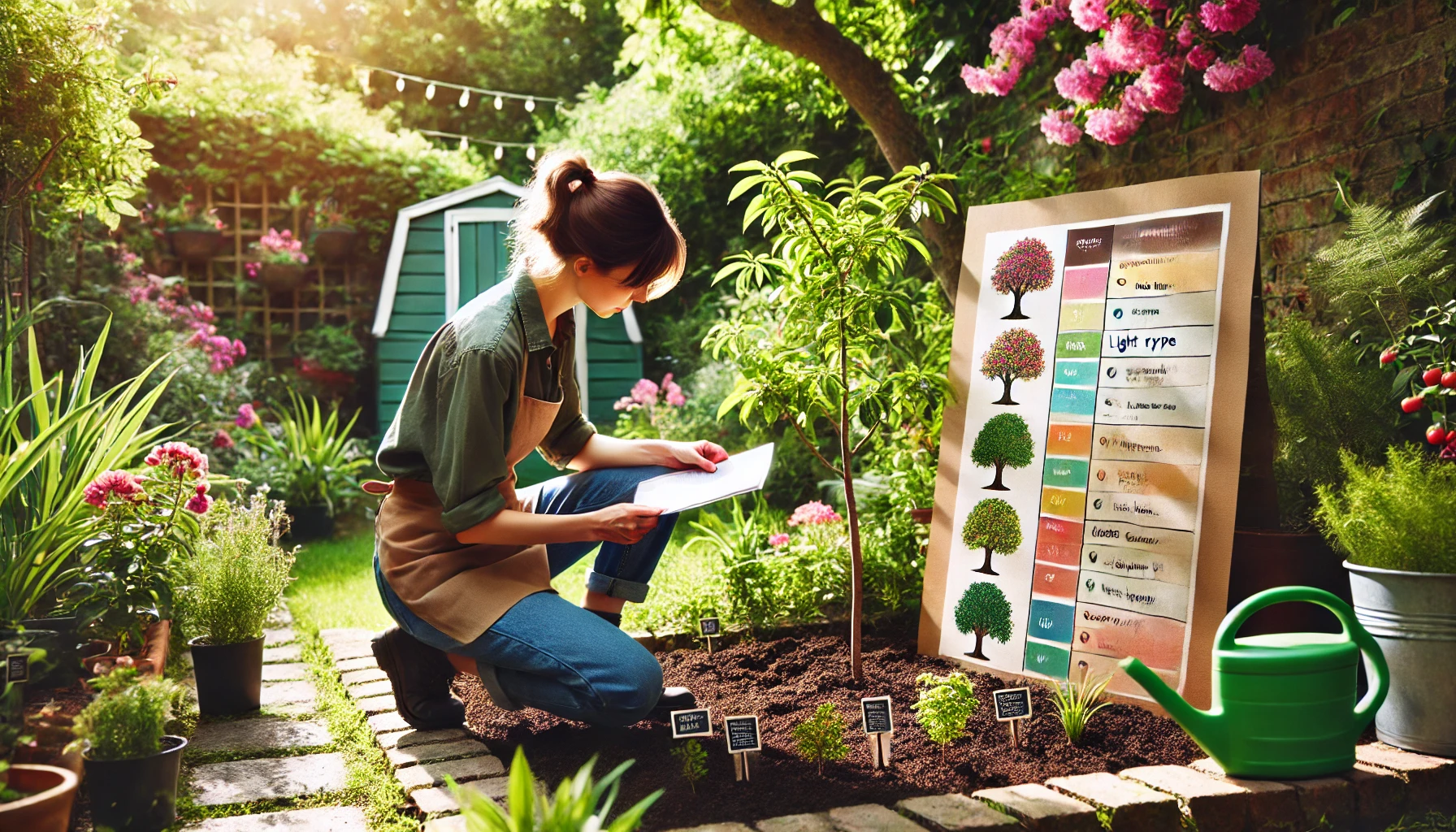

Check if your soil is sandy, clay, or loamy. Good drainage is a must for most healthy plants. Poor drainage = root rot risk!

Pick a variety suited to your region’s climate. Some plants can’t handle frost 


Low-maintenance gardeners should look for drought-tolerant types 

Opt for disease-resistant varieties to save time and effort. Fewer pests = fewer problems 

Do you want colorful blooms, fragrant flowers, edible leaves, or a privacy hedge? Define your goal before choosing.

Check how big the plant gets! Some start small and explode in size—make sure you have the space 

Choose varieties that get along with neighboring plants. The right combos can boost growth and deter pests.
By considering these factors early, you’ll save time, money, and frustration while setting your garden up for success
The Best Sweet Cherry Varieties for Home Gardens 

If you’re dreaming of harvesting juicy, sweet cherries 
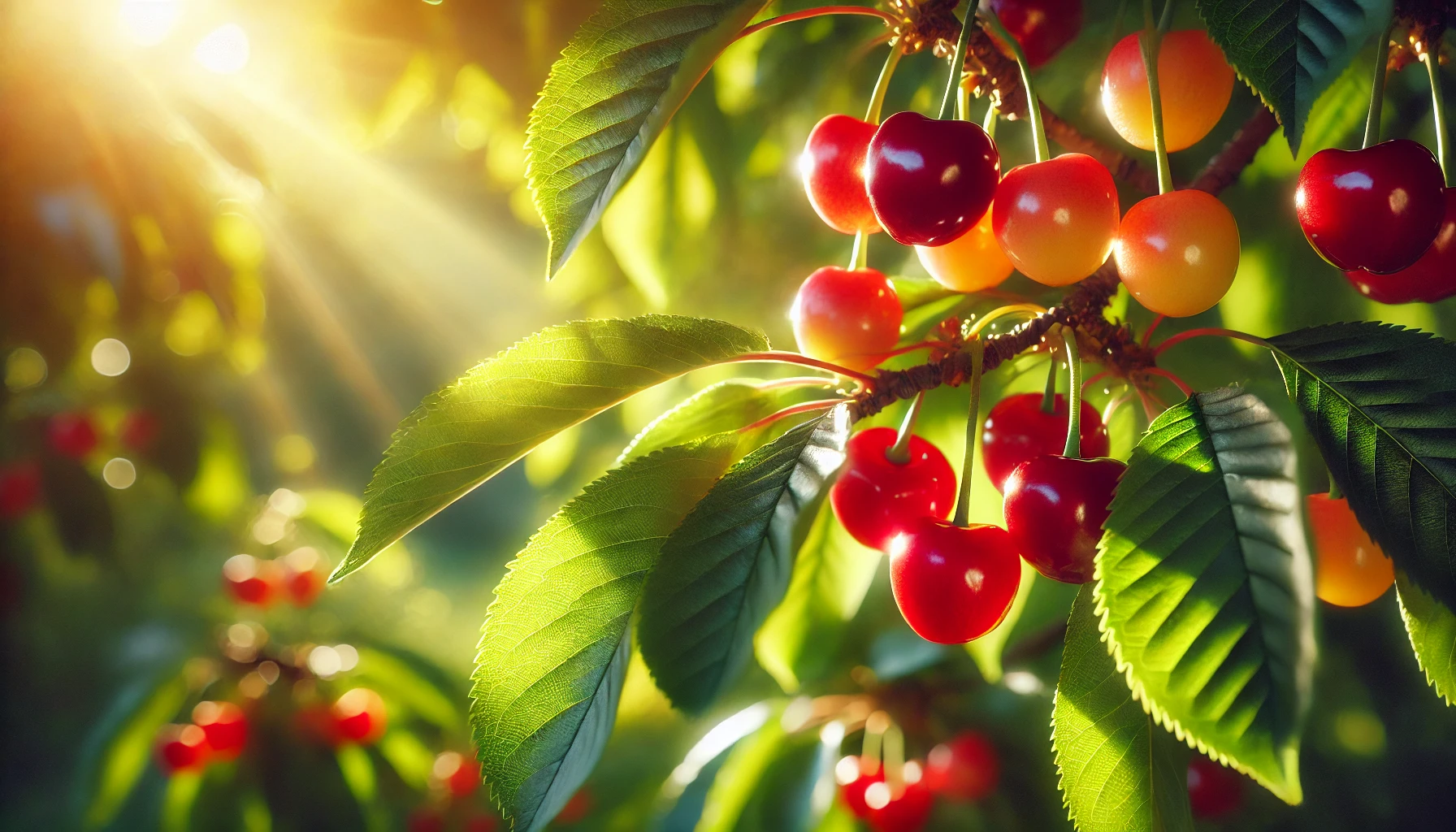
Bing Cherry
- Flavor: Classic, super-sweet, rich taste
- Tree Size: Medium
- Best For: Fresh eating & desserts
- Needs a pollinator like Rainier or Stella
Rainier Cherry
- Flavor: Golden-yellow with blush, sweet and mild
- Tree Size: Medium to large
- Bonus: Beautiful color + high yield
- Needs a pollinator like Bing or Lapins
Stella Cherry
- Flavor: Deep red, sweet and juicy
- Tree Size: Compact — great for small yards
- Bonus: Self-pollinating
- Also a great pollinator for other varieties
Lapins Cherry
- Flavor: Dark red, sweet and firm
- Tree Size: Large and vigorous
- Bonus: Crack-resistant
- Self-pollinating and high-yielding
Black Tartarian
- Flavor: Mildly sweet, rich black color
- Tree Size: Medium
- Early producer – enjoy cherries sooner!
- Needs a pollinator like Bing or Stella

- Most sweet cherries need a pollinator partner unless labeled self-fertile.
- Choose disease-resistant varieties if you live in humid areas.
- Make sure you have enough chill hours based on your region
With the right sweet cherry variety, your garden will be both beautiful and fruitful!
The Best Tart (Sour) Cherry Varieties for Home Gardens 

Tart cherry trees are perfect for home gardens—compact, hardy, and bursting with zesty flavor. 
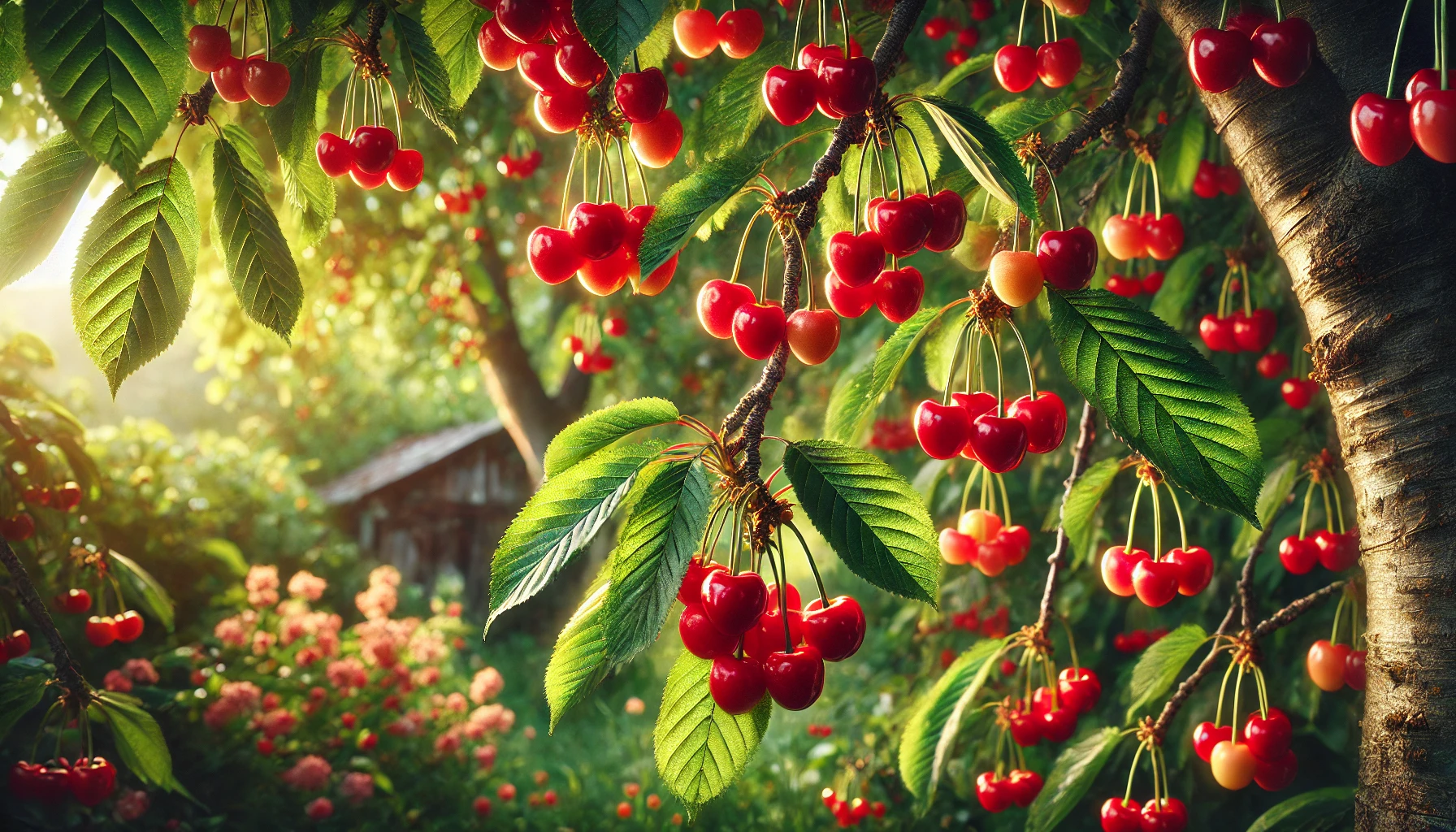
- Montmorency
America’s favorite tart cherry! Vigorous, self-pollinating, and reliable. Ideal for pies, jams, and freezing. Ripens in mid-summer and thrives in zones 4–7. - North Star
A true dwarf variety—perfect for small gardens or container planting. Cold-hardy, disease-resistant, and self-pollinating. Produces juicy cherries great for fresh use and baking. - Balaton
A Hungarian import with darker skin and richer flavor than Montmorency. Firm flesh makes it great for processing. Blooms slightly later, helping avoid spring frost damage. - Meteor
Another dwarf tree ideal for tight spaces. Produces large, bright red cherries with a pleasant tartness. Excellent cold resistance—great for zones 4–8. - English Morello
A classic European sour cherry. Smaller tree with deep red fruit and complex flavor. Late-season ripening with excellent culinary value.

- All these varieties are self-fertile—no pollinator needed!
- Plant in full sun and well-draining soil for best results.
- Prune yearly to maintain shape and boost air circulation.
Whether you want cherry pies or a patio-friendly fruit tree, these tart varieties deliver beauty and bold flavor right from your garden.
Dwarf Cherry Tree Varieties for Small Spaces 

If you’re tight on garden space but dreaming of fresh cherries 
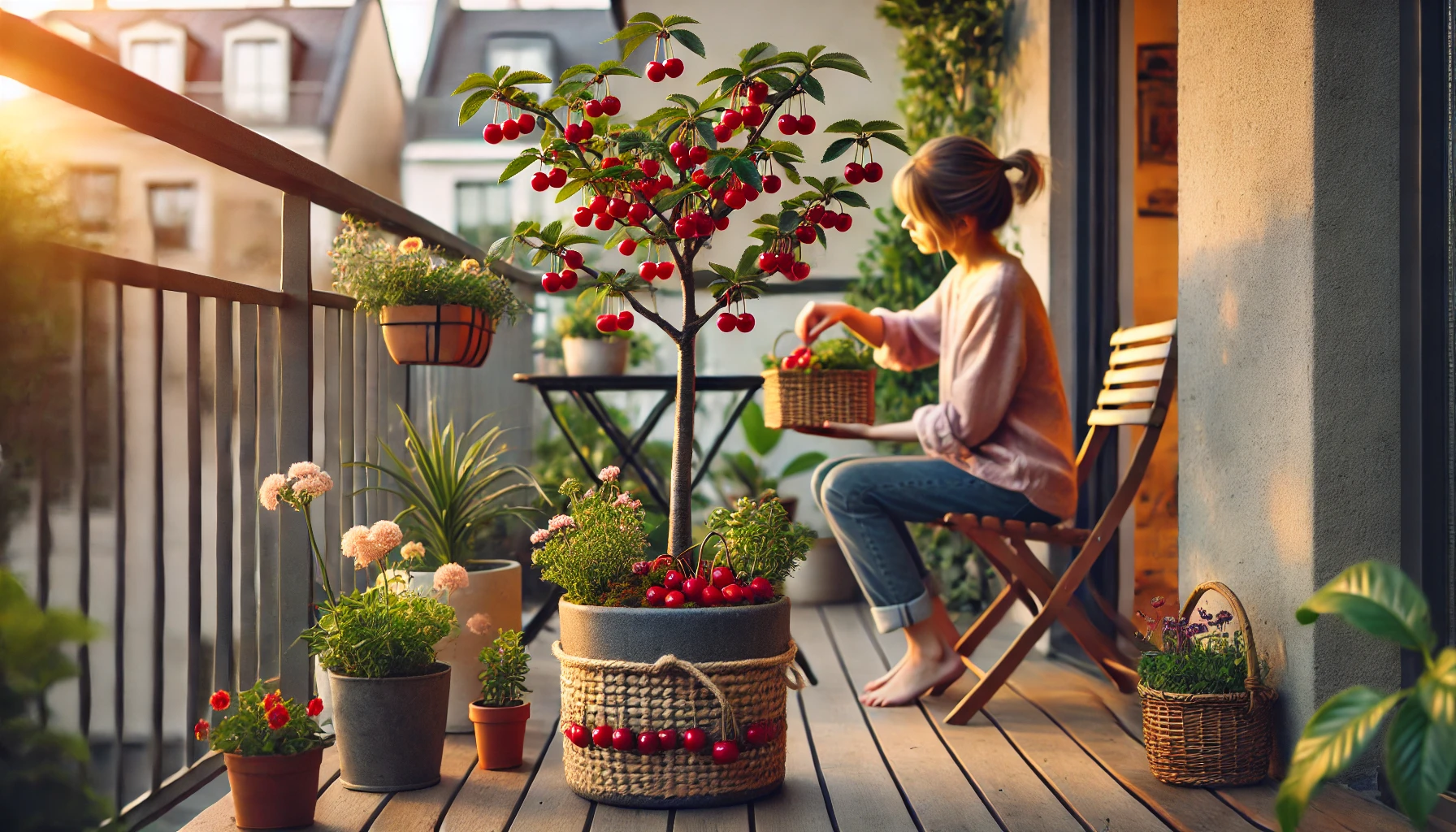
Stella Dwarf Cherry
- Self-pollinating
- Sweet, juicy fruit in early summer
- Grows well in pots or small garden beds
- Self-pollinating
Carmine Jewel
- Cold-hardy and easy to grow
- Tart cherries, great for pies and preserves
- Grows up to 6–8 ft—perfect for limited space
- Cold-hardy and easy to grow
Compact Stella
- A smaller version of the popular Stella
- Only 6–8 ft tall with full-size cherries
- Excellent for container gardening
North Star
- Naturally dwarf and disease-resistant
- Produces loads of tart cherries for cooking
- Great for northern climates
- Naturally dwarf and disease-resistant
Garden Bing
- A patio-friendly version of the famous Bing cherry
- Needs a pollinator (plant with another cherry tree)
- Sweet and rich flavor—amazing fresh!
Tips for Growing Dwarf Cherries in Small Spaces




With the right variety and care, you can enjoy homegrown cherries even in the smallest of spaces!
Tips for Growing Cherry Trees Successfully 

Want juicy, healthy cherries every season? 

Pick a cherry variety that suits your climate—sweet cherries need warmer zones (Zones 5–9), while sour cherries handle colder regions better 

Plant in a sunny spot with at least 6–8 hours of direct light daily. Sunlight boosts flowering and fruit production 

Strong winds can damage branches and knock off blossoms. Plant near a windbreak or fence for protection 

Cherry trees hate soggy roots! Use sandy loam or well-draining soil. Add compost to improve fertility and drainage 

Keep the soil moist, especially in dry spells, but avoid overwatering. Let the top inch of soil dry out before watering again 

Cut away dead or crowded branches during dormancy. Good airflow reduces disease and encourages healthy growth 
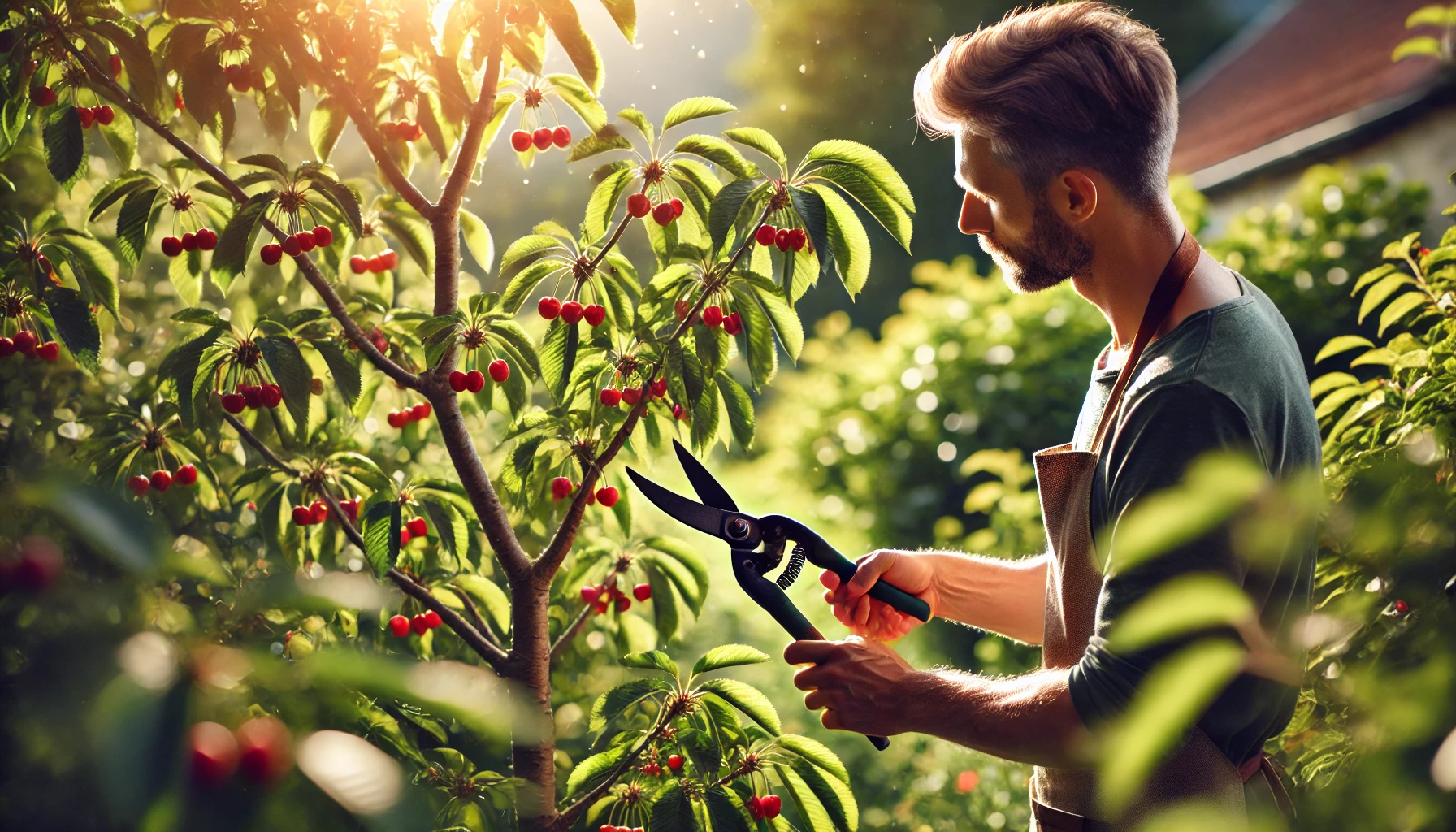

Plant nearby flowers to attract bees 

Look out for aphids, cherry fruit fly, or fungal issues like brown rot. Use organic sprays or horticultural oil early 

Add 2–4 inches of mulch around the base (not touching the trunk!) to retain moisture and block weeds 

Cherry trees take 3–5 years to bear fruit. Be patient and stay consistent with care—you’ll be rewarded in time 
Common Problems and How to Solve Them 

Even the healthiest plants can face a few bumps along the way. Here are the most common issues and how to fix them:

➤ Possible Cause: Overwatering or poor drainage.


➤ Possible Cause: Dry conditions or nearby infested plants.

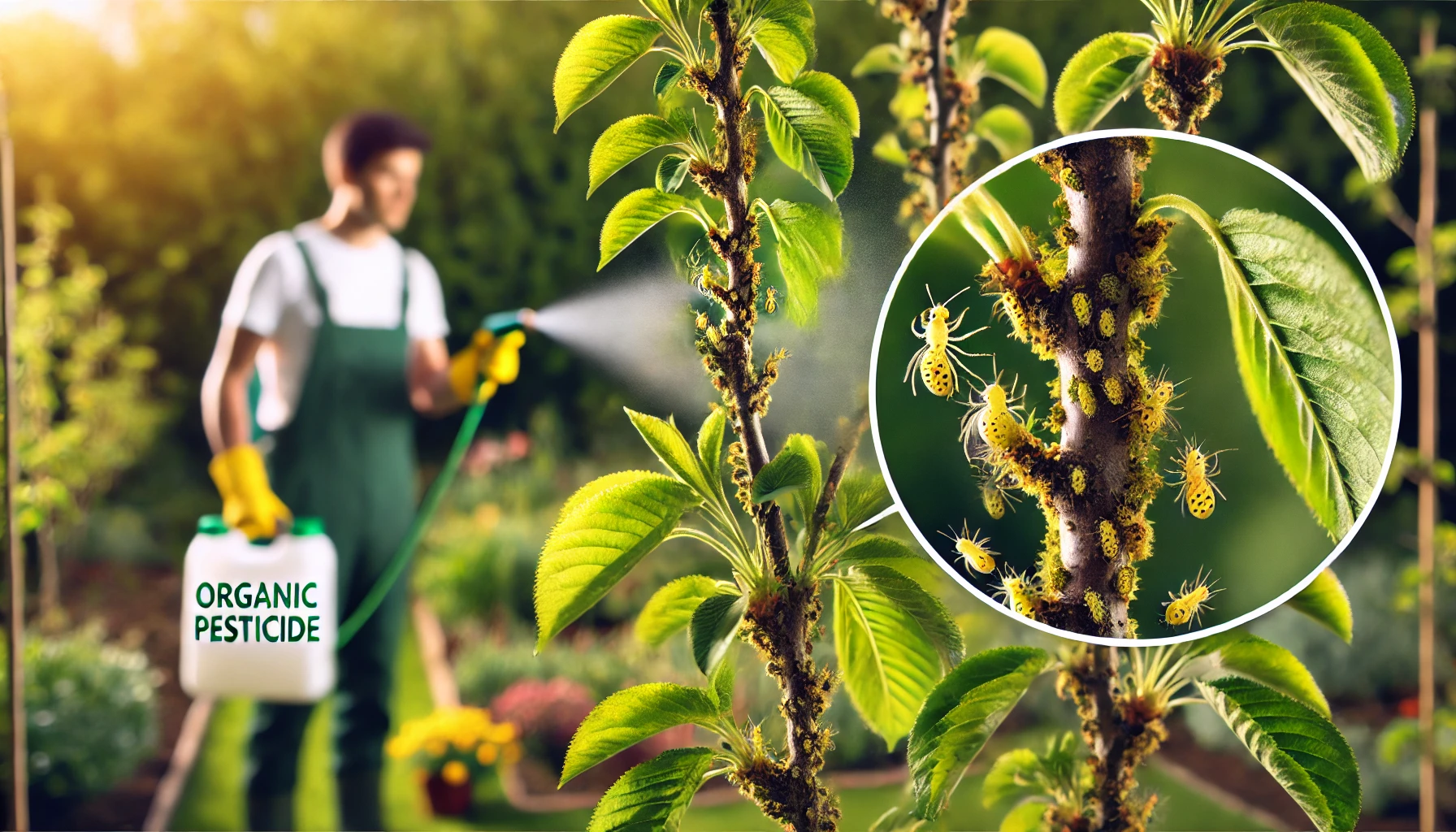

➤ Possible Cause: Sudden change in temperature or light.


➤ Possible Cause: Lack of nutrients or not enough light.


➤ Possible Cause: Excess moisture in the soil.


➤ Possible Cause: Too much nitrogen or not enough sun.

Keeping a close eye on your plant’s health and acting early can prevent most problems from getting worse!
Best Companion Plants for Cherry Trees 

When it comes to cherry tree planting, choosing the right companion plants can enhance growth, prevent diseases, and even improve fruit yield. Here are some of the best options for cherry tree companions:

- Garlic
Garlic is a natural pest repellent! It helps keep aphids and other insects away from your cherry tree while also improving soil health. - Chives
Chives not only add flavor to your garden but also deter pests like aphids and Japanese beetles. Their growth habits also benefit the cherry tree’s root system. - Lavender
Lavender attracts pollinators and repels harmful insects. Its fragrant flowers also add beauty to your garden while helping your cherry tree thrive. - Clover
Clover works as a great ground cover. It fixes nitrogen in the soil, which enhances soil fertility for your cherry tree. Plus, it attracts beneficial insects! - Comfrey
Comfrey’s deep roots help break up compacted soil and pull up nutrients that are beneficial for your cherry tree. It’s also great for making nutrient-rich compost. - Yarrow
Yarrow is a fantastic companion that attracts beneficial insects like ladybugs, which help control pests. It also helps improve soil drainage.
By selecting these companion plants, you not only create a healthier and more vibrant garden but also boost the health and productivity of your cherry trees. 
Final Tips 

Growing cherry trees in your home garden is not only a rewarding experience but also a fantastic way to enjoy fresh, homegrown fruit. Whether you’re after the sweetness of Bing cherries or the tartness of Montmorency, there’s a cherry tree variety that perfectly suits your needs, space, and taste preferences. By selecting the right variety for your garden and following the tips shared in this article, you’ll be well on your way to enjoying a bountiful harvest year after year.
Remember, the key to success is understanding your garden’s conditions, choosing varieties that thrive in your climate, and committing to regular care and maintenance. With patience and attention, your cherry tree will flourish, giving you delicious fruit and adding beauty to your garden.
Start planting today and look forward to the sweet (or tart!) satisfaction of picking your own cherries. Happy gardening!
Frequently Asked Questions(FAQ)
What are the best cherry tree varieties for home gardens?
The best cherry tree varieties for home gardens depend on your preferences and garden conditions. Some top picks include:
- Sweet Cherries: Bing, Stella, Lapins, Rainier
- Tart Cherries: Montmorency, North Star, Balaton
- Dwarf Cherries: Juliet, Compact Stella, Carmine Jewel
These varieties are known for their fruit quality, ease of care, and suitability for various garden sizes.
Can cherry trees grow in small gardens?
Yes, cherry trees can thrive in small gardens! Dwarf cherry tree varieties like Juliet and Carmine Jewel are perfect for limited space. These trees have compact growth habits, making them ideal for small backyards, patios, or even containers.
Do cherry trees need a lot of maintenance?
Cherry trees are relatively low-maintenance, but they do require some care to ensure a healthy harvest. Regular pruning, proper watering, fertilization, and pest management are essential for optimal growth. Choosing disease-resistant varieties can also help minimize maintenance.
How long does it take for a cherry tree to bear fruit?
Cherry trees typically start producing fruit between 3 to 5 years after planting, depending on the variety and growing conditions. Dwarf varieties may bear fruit a bit sooner, while standard trees can take a bit longer.
What is the best time to plant a cherry tree?
The best time to plant a cherry tree is in early spring or late fall when the soil is still workable, and the weather is mild. Planting during these seasons allows the tree to establish its roots before the hot summer months or the cold winter temperatures arrive.
Do cherry trees need another cherry tree to produce fruit?
It depends on the variety! Some cherry trees, like Stella and Lapins, are self-pollinating and can produce fruit on their own. However, most sweet cherries benefit from cross-pollination with another compatible cherry tree nearby. Tart cherries, on the other hand, often pollinate better with another variety.
How can I protect my cherry tree from pests?
Cherry trees are susceptible to pests like cherry fruit flies and aphids. To protect your tree, consider using organic sprays, placing netting around the tree to deter birds, and practicing good garden hygiene. Regularly check for signs of pests and remove infected fruits or leaves.
Can cherry trees be grown in pots?
Yes! Many dwarf cherry tree varieties are perfect for growing in pots. Ensure the container has good drainage, use a high-quality potting mix, and place the pot in a sunny location. Regular watering and occasional fertilizing will help your potted cherry tree thrive.























